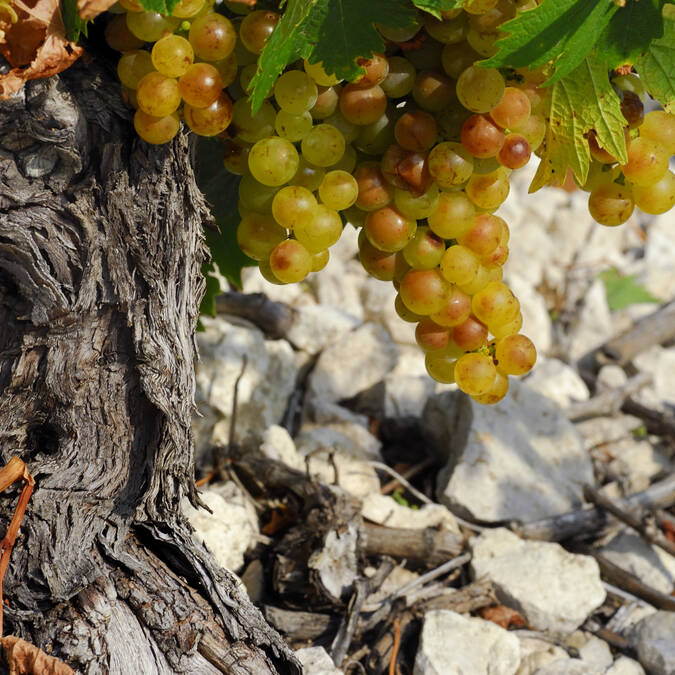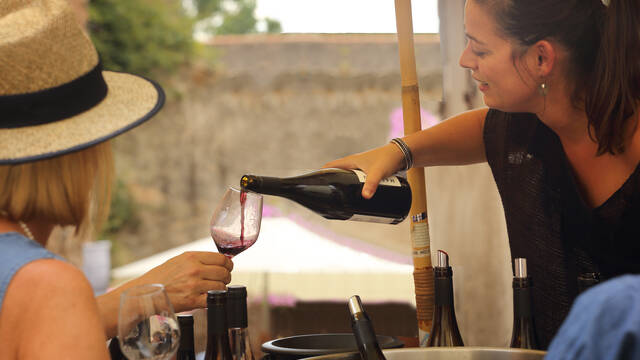A vineyard steeped in history, a wine of character!
Since Antiquity, the South has thrived on the Mediterranean trilogy of wheat, olives and vines.
From the nineteenth century onwards, however, commercial activity was turned resolutely towards wine making, and a virtual monoculture of vignes covered the landscape of the Pays Haut Languedoc - today it is a patchwork of of vines and colourful grapes, rich in flavours...
The golden age of prosperity followed in the latter 19th century and some wine chateaux were built with the profits from only a single harvest!
1907
Times of crisis came, as they always do, and the cooperative movement emerged in the early 20th century, allowing vine growers to work together, sharing expertise and machines.
Today
Today as yesterday, wine making is a story of the men and women of the earth, making our particular local nectar, to be tasted and savoured
The vine, the wheat-sheaf and the olive tree
Following the Roman conquest, in the second century BC, and until their departure at the end of the fifth century AD, the development of farming practices in the countryside made certain slopes particularly favourable for planting of vines across Narboniensis - the Roman name for the region. Vines have always been grown alongside other crops necessary for everyday life.
During the Middle Ages, the wine business was in something of a recession. Even the construction of a network of abbeys around the region doesn't seem to have placed the vineyard and wine at the centre of the religious economy as was the case in many other regions. The vine was rather a lesser sister to other crops that fed the populace, mainly cereals, while crafts (glass, wool, wood, etc.) occupied the urban centres.
Crafts and industry
From the sixteenth century onwards the history of the country was characterised more by the development of industrial activity, slowly at first with ore and coal extraction, reaching a peak in the nineteenth century and the era of great engineering works in France. The prosperous economy overtook the agricultural sector, which turned from the vine, with its uncertain yields to cereal crops, to feed a hungry workforce.
Particularly important in the region were the manufacture of textiles and extraction — bauxite, oil, coal, lignites and marble. The modern economy of the territory was structured along these lines and wine production seems to have rather responded to local needs for family consumption at this time. The vineyards being spread throughout the Languedoc meant that each village and town was largely self-sufficient for its own consumption without considering transportation needs.







